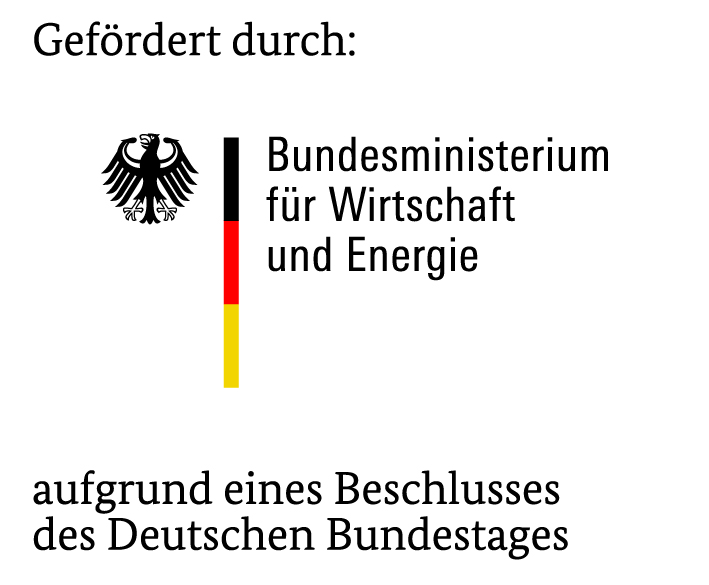Sub-projects: Determination of Material and Transport Coefficients



The use of heating and cooling systems in existing as well as in new buildings is crucial for a cost- and energy-efficient coverage of the heating and cooling demand. These systems contain fluid circuits with heat carriers that ensure thermal energy transport. Dissolved or free gases in these heat transfer fluids (e.g. from trapped ambient air and diffusion processes through plastic components) can reduce the efficiency of heat transfer. The hydraulic functionality of these systems as well as measurement and control functions can also be disturbed as a result of various effects and in extreme cases can be completely prevented. The minimization of the effects indicated by trapped gases promises an enormous potential for increasing plant efficiency, reducing maintenance and repair costs and increasing plant availability from the very first hour of operation!
In practice, these problems are well known and documented in solar thermal and heating systems. However, they are also to be expected in refrigeration plants, recooling systems and geothermal plants.
Relevant gases are oxygen O2 and nitrogen N2, but also carbon dioxide CO2 (diffusion-open heat source systems of geothermal probes) and methane CH4 (in low-temperature systems as a product of biological processes). The effects on flow conditions and heat transfer in the main components of the above-mentioned energy systems and associated efficiency influences have not yet been quantified and will therefore be analyzed in the project.
An installation that also performs in accordance with the design parameters in practice can reliably and thus cost-optimally fulfil the supply task at precalculated values for primary energy input and greenhouse gas emissions. This is often not the case with certain concentrations of gases contained in the liquid.
Currently, there is a trend towards equipping plants with permanently installed vacuum degassers as a precautionary measure. It is hard to quantify at the moment whether this additional investment and maintenance expenditure as well as the additional auxiliary energy requirement that arises is reasonable. This is where the project aims to provide clarity.
Therefore, the project shall give a comprehensive consideration of the influence of free and dissolved gases in liquid heat carriers on the efficiency of heat engineering components in detail and their interaction in heating and cooling systems as well as identify limiting gas contents.
 Fraunhofer Institute for Manufacturing Technology and Advanced Materials IFAM
Fraunhofer Institute for Manufacturing Technology and Advanced Materials IFAM